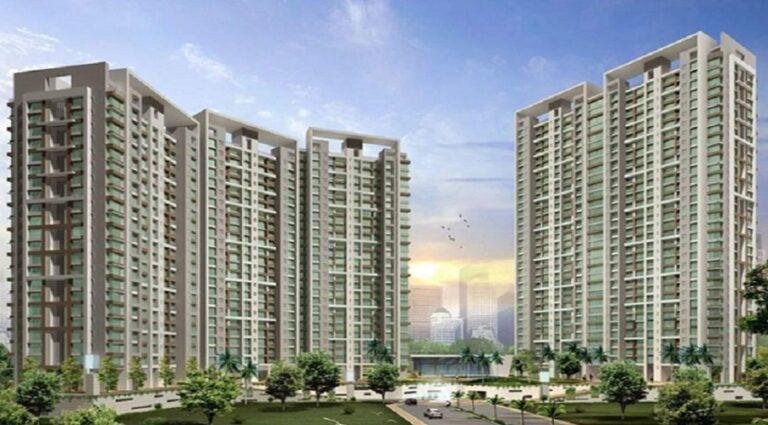Mumbai real estate showing signs of resurgence
Growing consumer demand for projects in peripheries fueling growth Mumbai: Mumbai is the financial hub of India, with professionals, job seekers migrating from all over the country to pursue their dreams, thus earning Mumbai the nickname 'City of Dreams'. While buying a house in Mumbai is not for everyone, people working in the city have
Mumbai: Mumbai is the financial hub of India, with professionals, job seekers migrating from all over the country to pursue their dreams, thus earning Mumbai the nickname ‘City of Dreams’.
While buying a house in Mumbai is not for everyone, people working in the city have always had the option of buying their homes in the suburbs and satellite towns of Mumbai where residences are affordable. Mumbai’s peripheries are now fueling the resurgence of the real estate sector.
Peripheral areas of Mumbai gaining increased preference
A recent ANAROCK study shows a marked preference by new home buyers for homes located in peripheral areas of major cities. Across seven major cities in the country, this study shows that 58% of all new projects launched there in FY20 are in their peripheral areas. According to FY19 data, this proportion was 50%.
In Mumbai MMR too, out of a total of 34,620 housing units launched, 67% were located in peripheral areas of the city. The figure is up from 60% in FY19. Mumbai’s peripheral areas with growing demand include Dombivali, Panvel, Palghar, Vasai, Virar, Kalyan, Badlapur and Bhiwandi today.
With work from home becoming a reality, home buyers prefer satellite towns of Mumbai to fulfill their demand for affordable and larger homes. As a result of the Work-from-Home experiment, both companies and their employees have been pleasantly surprised. This has paved the way for a hybrid model of work, where one does not necessarily have to go to the office every day. Therefore, consumers are looking to buy bigger houses in the suburbs. Additionally, companies are increasingly setting up offices in the suburbs that are residential hubs, which is becoming a trend in satellite offices. These are typically located in an integrated township project, so employees can walk to work.
In the peripheral areas of Mumbai, Grade A developers like Lodha, Godrej and Hiranandani have come up with self-sufficient and integrated townships. Self-contained townships are becoming increasingly popular with consumers as they are self-sufficient and developed to meet the primary requirements of their residents, provide leisure amenities and have ample open spaces. In addition, buyers prefer to purchase properties developed by grade-A developers, in line with their commitment to quality and timeliness.
The looming spectre of real estate price rise
The demand-supply dynamic will dictate pricing dynamics, but there are clear signs that real estate prices will rise soon. A major factor influencing this upward trend in real estate is inflation, which has a twin effect on the housing sector, affecting both demand and supply. The first effect is that rising inflation will play spoil sport with the interest rates. In spite of the government’s efforts to refrain from raising interest rates, the time will come soon when economic compulsions will force the government to take unpopular decisions in order to boost the country’s economy in the long run. Due to the delayed purchase decisions by home buyers, EMIs will be higher.
As inflation has taken its toll on input costs, prices of commodities such as iron, cement, and steel have risen by 10-15% in the past year. Having already cut their costs during the first wave of Covid-19 to hold prices and attract buyers, the developers are already under pressure. Therefore, developers have little scope to absorb price increases for their raw materials. Soon, they will be forced to pass on the increased costs to home buyers, either partially or completely.
Prices are set to rise, so the sooner the home buyer decides to buy, the cheaper it will be.










